
Stem cells are a type of cell with infinite or immortal self-renewal ability that can differentiate into any cell, tissue or organ. Depending on their ability to differentiate, stem cells can be divided into totipotent stem cells (TotiSCs), pluripotent stem cells (PSCs) and unipotent stem cells (USCs).
Induced pluripotent stem cells (iPSC) are stem cells with multidirectional differentiation potential obtained by reprogramming differentiated adult cells using viral or non-viral vector technology. Since its discovery by Shinya Yamanaka team of Kyoto University in Japan in 2006, IPSC has had a development history of more than 17 years.
After genetic engineering, iPSC can be used for autologous/allogeneic T cell therapy or NK cell therapy, as well as functional cell regeneration such as cardiomyocytes, islet cells, retinal pigment epithelial cells, mesenchymal stem cells or neurons. Indications include tumor immunotherapy, nervous system diseases, cardiovascular diseases, metabolic system diseases, tissue damage repair and other fields.
However, despite the many advantages of IPSC-derived cell products, there are still many challenges in clinical translation, including tumorigenicity, immunogenicity and heterogeneity. Among them, the tumorigenicity caused by iPSC is considered to be a major challenge that IPSC-derived cell therapy has to solve.
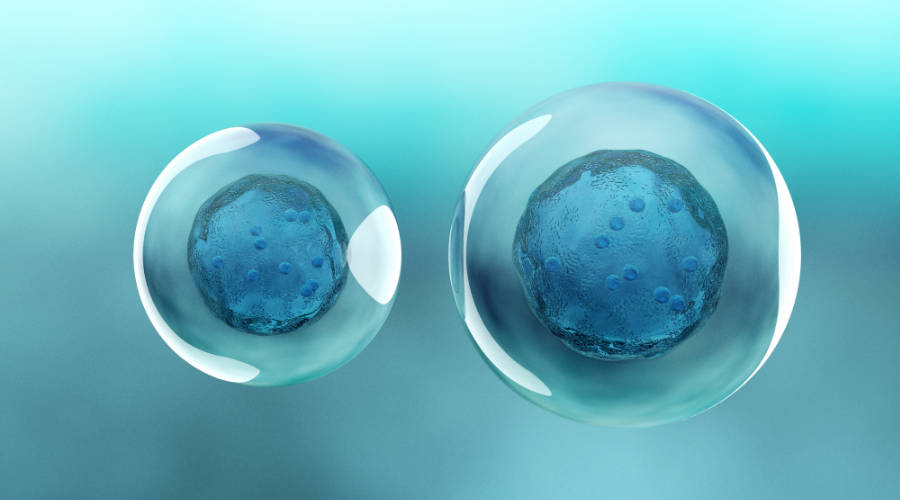
Tumorigenic origin
The proliferative potential and tumorigenicity of iPSC are two sides of iPSC. The infinite proliferation potential of IPscs allows them to prepare billions of different types of human cells for patient transplantation, but if the cells continue to proliferate excessively after transplantation, there is a risk of tumor formation.
1、Tumorigenicity caused by undifferentiated/immature cells
The most serious problem in pluripotent stem cell therapy is undoubtedly the formation of teratoma. Immature teratomas are more aggressive than typical mature teratomas or other types of tumors, and even a small number of undifferentiated IPscs may lead to the formation of teratomas or other tumors, of course, the continuous proliferation of differentiated daughter cells is also a possible cause of teratoma formation. In addition, if lineage-specific stem cells are present in the graft, they may form tumors due to incorrect or incomplete patterns.
In May 2022, a paper published in Stem Cells and Development reported the first clinical case of immature teratoma formation following treatment with IPSC-derived cells for type 2 diabetes. Immature teratoma has the potential for recurrence and metastasis and is more aggressive than typical mature teratoma.
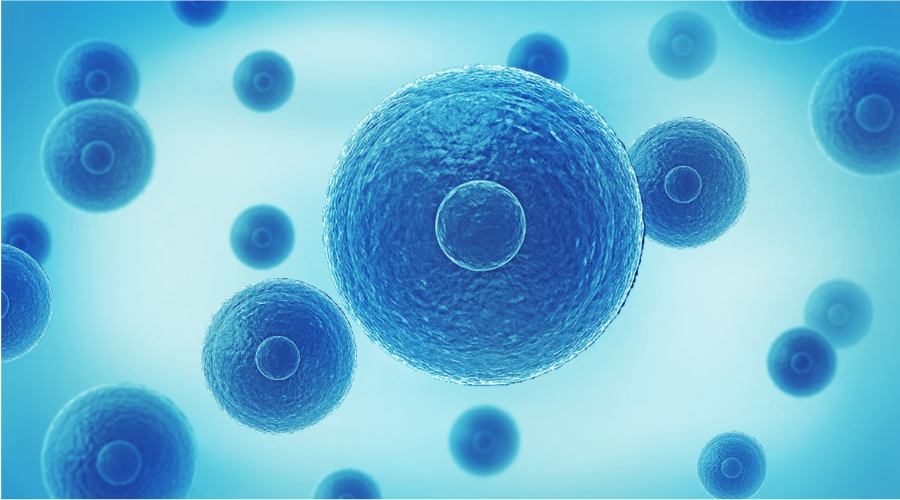
2、Tumorigenicity due to reprogramming factors
This is a risk unique to iPSC transplantation. Common iPSC reprogramming methods include chemical methods, lentivirus transfection and retrovirus transfection. In the process of iPSC production, it is necessary to induce by a variety of transcription factors, including Oct4, Klf4, Sox2, c-Myc, etc., which force somatic cells to express pluripotency related transcription factors. RARg, LRH1, ASF1, p53, etc., can also increase reprogramming efficiency. Among them, c-Myc, one of the most commonly mutated genes in human cancer, often plays a driving role, and p53 can also cause tumors when dominant negative mutants occur. Therefore, the integration of these carcinogenic transgenes may induce tumorigenesis.
3、Tumorigenicity due to genetic mutation
The risk of genetic mutations causing tumors is present in pluripotent stem cells and any other cells that have been expanded in vitro. This condition is also the most difficult to overcome: mutations are inevitably introduced when cells are cultured in vitro. Karyotype analysis, chip detection, second-generation sequencing and other technologies can detect the variation of pre-transplant cells well and avoid abnormal cells for cell therapy. But the source of the mutation, and the effects of the mutation, are not well explained.
After successfully transplanting IPSC-derived retinal pigment epithelial cells into a patient's right eye, Masayo Takahashi's team in Japan accidentally found two tiny genetic mutations in the patient's iPSCs and RPE cells while preparing for a second operation. In 2015, Yamanaka reported that iPSC cells cultured in the second patient had six genetic mutations, including a cancer-related gene that, although not directly carcinogenic, made clinical studies more cautious.
Another key question is still unclear, whether iPSC reprogramming itself is mutagenic, which still needs further research and confirmation. It must be acknowledged that not all oncogene mutations are pathogenic. Even healthy individuals have mutations in oncogenes, adding complexity to risk analysis.
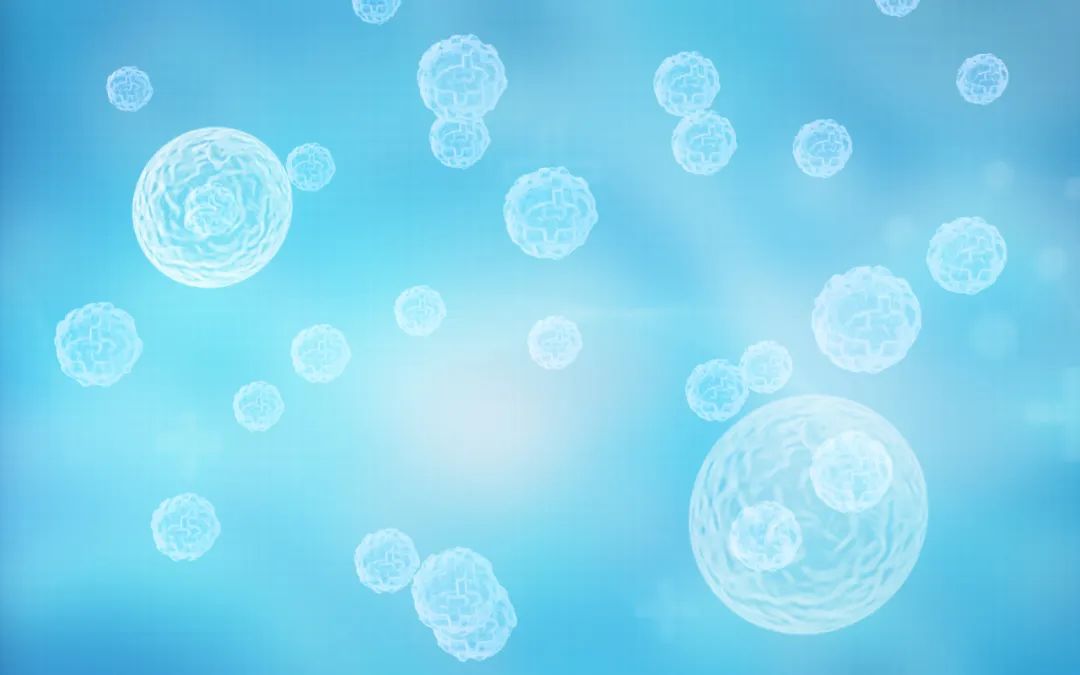
Solution
In fact, researchers in this field have never stopped exploring strategies to prevent the formation of teratoma and other tumors, and these safety studies and related quality control throughout the production of iPSC cell products, It includes the cloning and selection of iPSC cell lines, the establishment of cell bank, the intermediate production process, the quality control and impurity analysis of materials, and the preclinical safety evaluation.
1、Optimize the reprogramming protocol to reduce the tumorigenic ability of iPSCs in vivo
Among the Yamanaka four factors that induce somatic cell reprogramming, the proto-oncogene c-Myc is believed to be closely related to the tumorigenicity of iPSCs, and the tumorigenicity of iPSCs in vivo can be effectively reduced by seeking the combination of transcription factors without c-Myc or replacing c-Myc.
Studies have shown that small chemical molecules can replace c-Myc or other factors, while improving the efficiency of reprogramming, but also reduce tumorigenicity. Deng Hongkui's research team used small molecule compounds to reprogram somatic cells for the first time chemically iPSC (CiPSC), opening up a new way to achieve somatic reprogramming while reducing the likelihood of tumorigenicity. The method of somatic cell reprogramming using pure chemical small molecule combination has also been successful. This method reduces the chance of genome changes caused by the insertion of foreign genes and artificial introduction of oncogenes, and correspondingly reduces the risk of tumor development.
2、Enhance purification and screening to provide diverse selection
In order to reduce the occurrence of teratoma, it is necessary to first establish an effective in vitro targeted differentiation method, then form a more stringent purification procedure to remove undifferentiated cells, carefully and strictly screen iPSC cell lines for transplantation, and inhibit the tumorigenesis of immature neuroprogenitor cells by inhibiting the key signaling pathway of cell self-renewal.
Currently, flow-activated cell sorting (FACS) and magnetically activated cell sorting (MACS) are still the most widely used cell purification methods. Some new magnetic bead sorting techniques, such as SpheriTech beads, can keep the effect of the purification process on cell activity to a low degree. At present, a technology system using polymer materials (such as PDEGMA) has been developed for the screening of iPSCs.
In addition to in vitro strategies, researchers can observe and prevent tumor formation in patients by identifying and labeling undifferentiated cell markers, monitoring residual immature cells in vivo, maximizing the safety of iPSC therapeutic products, and monitoring risk in real time.
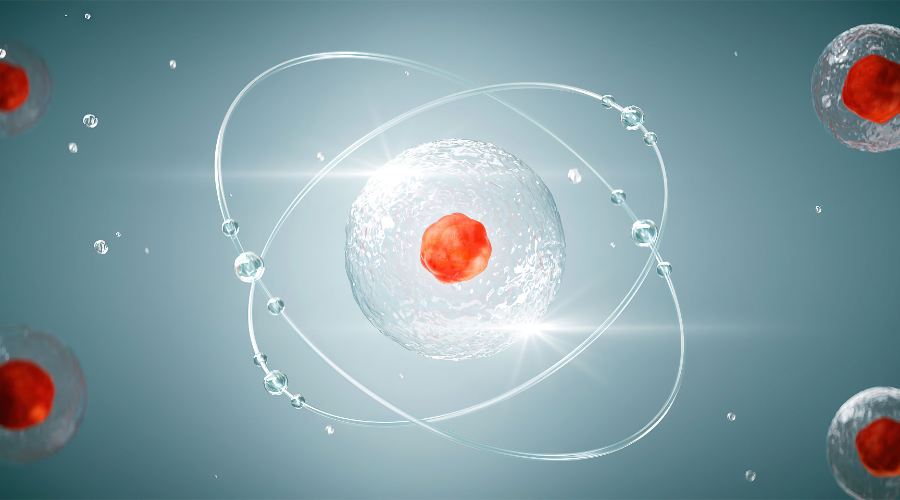
3、The "suicide gene system" was applied to remove tumorigenic cells
The research proves that the introduction of "suicide gene system" in somatic cell reprogramming system can effectively remove the "dangerous cells" produced in the process of reprogramming. Although there are not many small-molecule-induced "suicide gene systems" used in clinical cell therapy, a recently developed "suicide gene system" constructed using induced caspas-9(iCASP9) has been shown to be effective and safe in clinical trials. The feasibility of removing "dangerous cells" from iPSC production still needs to be further confirmed.
4、Optimize carrier selection and delivery system
Some non-integrated viral vectors and non-viral transfection (mRNA, miRNA, protein transduction) have been successfully applied in somatic cell reprogramming, but the low transfection efficiency has limited its further clinical application. It has been reported that non-integrated self-replicating RNA(srRNA) systems are expected to be widely used because of their high reprogramming efficiency and safety. In addition, gene delivery systems developed with nanomaterials are also applied in the field of somatic cell reprogramming.
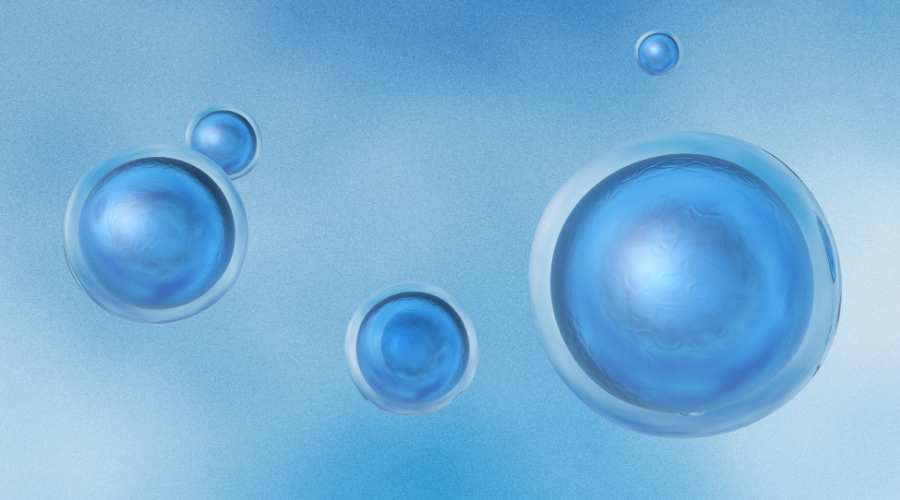
5、Establish a reliable and systematic safety evaluation system
At this stage, there is no quality standard and clinical declaration standard for IPSC-induced differentiation products in China, but before iPSC is really applied in clinic, a reliable and systematic safety evaluation system that runs through the whole process of product production needs to be established. Including pluripotent stem cell residue detection, clonal formation experiment, nude mouse tumorigenesis experiment, animal long-term tumorigenesis experiment to detect and evaluate tumorigenesis and tumorigenesis. Production enterprises need to strictly control the production process and quality, and cell products that can meet the set standards can be released.
At present, a number of indicators have been proposed that can be used as safety evaluation indicators, among which the genomic stability of iPSC and related cell products and the detection of oncogene mutations are related to tumorigenicity, and are also essential evaluation indicators in the evaluation system. However, when selecting detection methods, the cost of detection, the workload of data analysis, and the complexity of results analysis need to be taken into account, and may need to be continuously improved in practice.
In fact, all cell products that need to be expanded and cultured in vitro have tumorigenic or tumorigenic risks, which is not only a problem unique to iPSC. However, the potential of proliferation and differentiation makes the risk of iPSC more noteworthy. If the final derived cell product is a mature terminal cell and fully differentiated, the risk of IPSC is more serious. After purification and screening, there is no residual pluripotent cells above the limit, and the tumorigenicity of IPscs is less likely than that of primary stem cells with high dividing capacity.
Small series summary
Overall, iPSC has great potential for application in cell therapy, regenerative medicine and other fields. However, as a cute new in the field of cell therapy, iPSC still has a lot of room to grow from theory to practice.
To successfully overcome current limitations, IPscs must address the risk of tumorigenicity. With the continuous improvement of safety and validation, and the continuous improvement of market regulation, more and more tumorigenicity related research will enable iPSC technology to go beyond the traditional areas of drug screening, disease modeling, and cell/tissue regeneration, and tumorigenicity will no longer be the main challenge for the application of iPSCs in regenerative medicine and derived cellular immunotherapy in the near future.